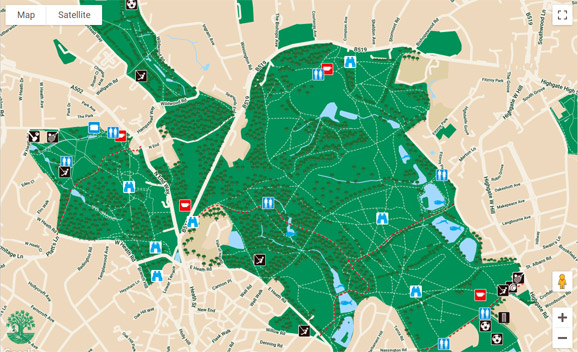Did you know? – Hampstead in the Domesday Book
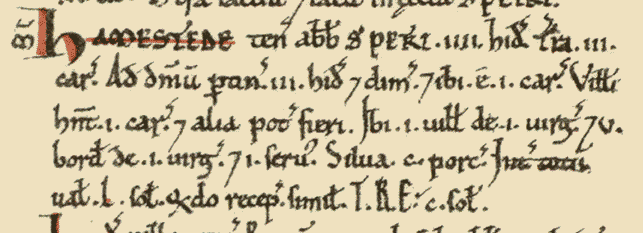
In the Domesday Book Hamestede was valued at 50 shillings – a small farm with pigs and ploughs. (more…)
Did you know? – Hampstead used to be a spa
In the early 1700s Hampstead became a popular spa destination, rivalling both Bath and Tunbridge Wells. It’s bitter ferruginous waters were said to cure gout, gravel, shingles and scrofula.
Did you know? – Music at Fenton House
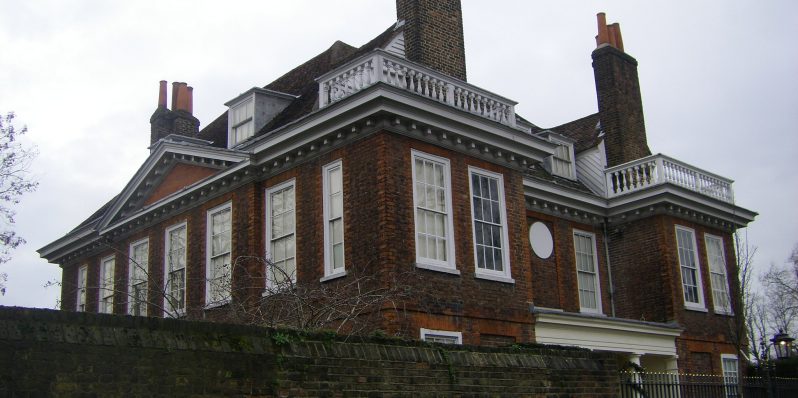
You can listen for free to music played on the country’s finest collections of early keyboard instruments at Fenton House (built c.1698), Hampstead’s oldest house. (more…)
Did you know? – Hampstead Observatory
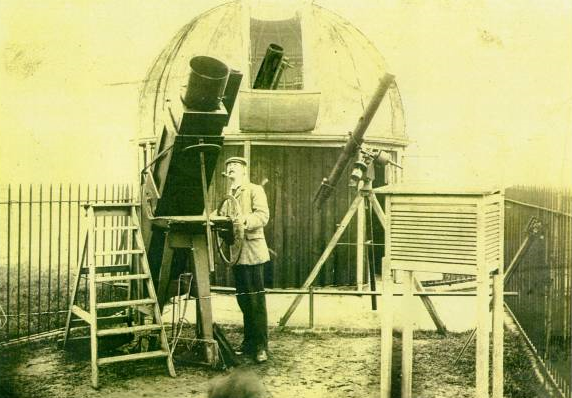
At the village’s highest point Hampstead has its own observatory with a marvellous 6-inch refracting telescope, open and free to public. (more…)
Did you know? – Hampstead in WWII
During WWII the Borough of Hampstead was hit by 467 bombs and missiles and thousands of incendiaries, it suffered 1,134 casualties, of which over 200 were fatal.
Did you know? – Goldfinger
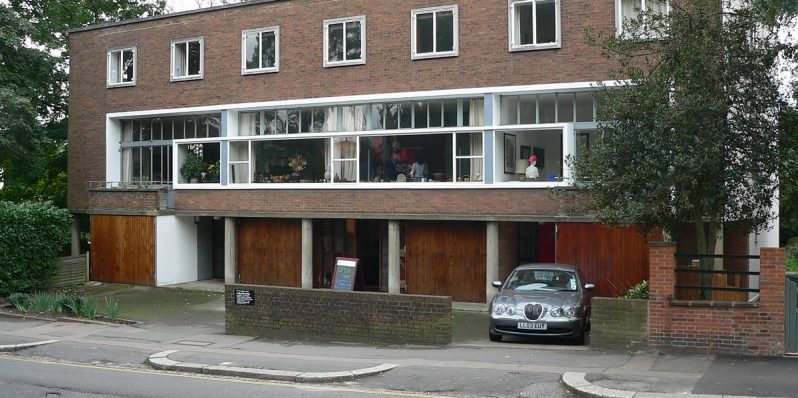
So great was Hampstead author Ian Fleming’s dislike of the modern architectural masterpiece built at 2 Willow Road, he named his most famous villain after the architect: Goldfinger.
Did you know? – Storm of 1975
At the epicentre of the Hampstead Storm of 14 August 1975, it has been estimated that as much as 200mm of rain may have fallen in 95 minutes – the single greatest inundation over such a short period since records began.
Did you know? – Hampstead millionaires
Hampstead, it is said, has more millionaires within its boundaries than anywhere else in the UK.
Did you know? – Royal Free
The largest employer in Hampstead is the Royal Free Hospital, the first in the UK to train female doctors.
Did you know? – Protestant dissenters on Rosslyn Hill
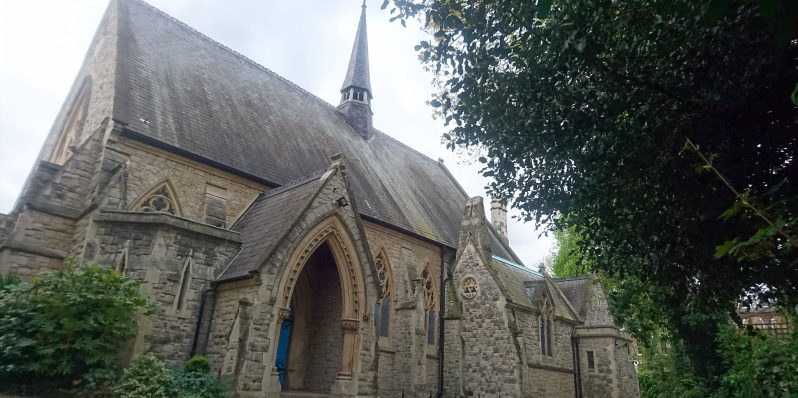
There were other reasons for coming to Hampstead in the late 17th century other than for healthy air and water. Protestant dissenters were forbidden to preach within 5 miles of Charing Cross, but in distant Hampstead they found sympathy. They registered a meeting place on Rosslyn Hill in 1691 and on that same site still stands today the Unitarian Chapel.
